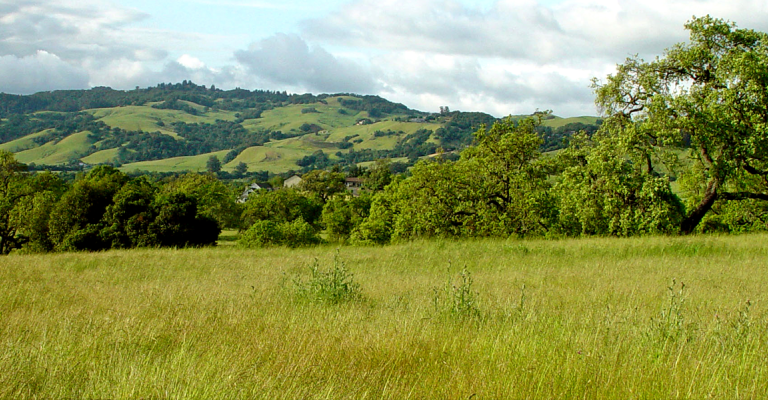Service-Learning in Nursing
Service-learning activity usually falls into two categories
Type 1: Teaching/tutoring/sharing knowledge from the class.
Example: Nursing students from Tri-College University Consortium/Concordia College and North Dakota State University participated in a diabetes screening program with the local community in Fargo. The student nurses gained experience in many areas of the screening process including “teaching health information in a non-acute-care setting.” The nursing students also expressed that they “appreciated being exposed to a special nursing role, the diabetic nurse-educator.” The patients stated that “they had never been so thoroughly evaluated, especially with the foot examinations.” The clients in the screening program found that it “was a way for (them) to have contact with a nonphysician health-care provider who could be a resource for their future diabetic management.” 1
Type 2: Using information from the class to do something with/for a community organization.
Example: Students from the San Francisco State University nursing program were part of a disaster preparedness program that focused on two aspects: community public health and psychiatric mental health. An overarching goal of the project was to ”instill in students an understanding of the importance of advocacy and civic engagement to nursing practice” and to “lead them to a deeper understanding of the importance of advocating for vulnerable populations by providing students with the opportunity to work with the elderly, disabled, and those who may have cognitive difficulties or mental health problems in their home.” The students learned to work collaboratively within their community, “in which the nurse is seen as doing with rather than doing to.” Their target population was a segment of 15,000 seniors and disabled people served by the San Francisco In-Home Supportive Services Public Authority (IHSS). As part of the community health didactic, students were taught about how to “prepare for a disaster; the role of nursing in the development and maintenance of a disaster plan; and what to do when a disaster occurs, including triage, first aid, and transport of victims.” The students also contacted IHSS recipients asking if they would allow nursing students into their homes to do a safety assessment, fill out the Disaster Registry, and provide them with a vial of life (A vial of life is a plastic container that contains vital health information about the occupants. It is kept in the refrigerator since most survive a building collapse.). As part of the psychiatric mental health didactic, students learned crisis intervention techniques especially for elderly populations “who may suffer from cognitive deficits as a result of normal aging or those who have a mental health disorder such as dementia or Alzheimer’s disease.” The students reflected that they gained “ ‘increased awareness about vulnerable populations’ and a ‘sense of civic engagement’ “ in their community and their role as nurses in caring for them, especially in the event of a natural disaster (most likely an earthquake or fire). The program was successful in getting some people ie >5% to fill out the form for the Disaster Registry. 2
Please contact [email protected] for more information.
Deborah Roberts and Michelle Kelly have instructed several service-learning classes and may be willing and able to share advice.
1 Cohen, E., Johnson, S., Peterson, C. “Service-Learning as a Pedagogy in Nursing.” Caring and Community: Concepts and Models in Service-Learning in Nursing. Eds. J. Norbeck, C. Connolly, J. Koerner. Washington D.C.: AAHE, 1998. 53-63. Print.
2 Landry, L., Davis, H. “Preparing Future Nurses for a Life of Civic Engagement.” Promoting Health and Wellness in Underserved Communities. Eds. A Pelham, E. Sills. Sterling: Stylus, 2009. 32-43. Print.


